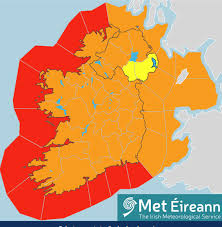Exploring Lima: The Heartbeat of Peru

Introduction
Lima, the capital city of Peru, holds a significant position not only as a political and economic centre but also as a hub of rich cultural heritage. Founded by Spanish conquistador Francisco Pizarro in 1535, Lima is home to a blend of historical landmarks, modern architecture, and diverse culinary scenes, making it an essential destination for travellers and a vital part of Peru’s identity.
Current Events and Developments
Recent developments in Lima highlight the city’s ongoing evolution. Following worldwide trends towards sustainability, local authorities have initiated multiple projects aimed at enhancing urban greenery and public transport systems. The Lima Metro, which was in its initial phases, recently expanded its services, providing more accessible transportation options for the growing population, which is now estimated to be over 10 million.
In terms of culture, Lima is currently hosting a series of art exhibitions showcasing both contemporary and traditional Peruvian art. Events like the ‘Lima Art Week’ have attracted international attention, fostering creativity and innovation within the local art scene. Furthermore, culinary events celebrating Peru’s renowned gastronomic achievements continue to promote Lima as one of the world’s top food capitals. This year, several Lima restaurants secured spots on the ‘World’s 50 Best Restaurants’ list, reaffirming the city’s status in the global culinary landscape.
Tourism and Cultural Significance
Lima is not only an administrative centre; it is a vibrant touristic attraction with sites designated as UNESCO World Heritage Sites, including the historic centre of Lima with its colonial architecture. Notable attractions include the Plaza Mayor, the Monastery of San Francisco, and the archaeological site of Huaca Pucllana. Each of these landmarks tells the story of Lima’s rich history, showcasing a blend of indigenous and Spanish influences.
Conclusion
As we look towards the future, Lima is expected to continue its growth as a significant metropolitan area in Latin America. With ongoing improvements in infrastructure, urban design, and cultural initiatives, Lima not only stands as a historical city but also one that embraces modernity and sustainability. For readers and potential visitors, understanding Lima’s multifaceted nature is essential. The city is poised to enhance its appeal as a rich destination for cultural exploration, gastronomy, and urban development, promising exciting prospects for years to come.









